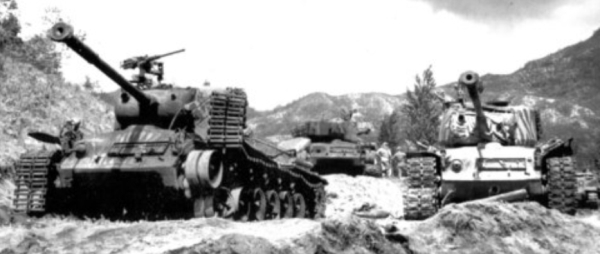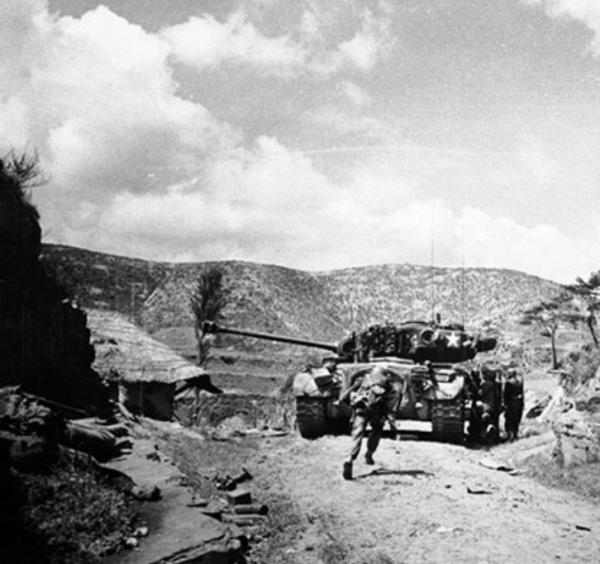

The Germans, he decided, would be stopped and defeated at the city that bore his name. Stalin also saw the battle for the city as a matter of honor.

All the operational plans so carefully made for the German offensive in southern Russia in 1942 had been drastically altered by the Führer‘s obsession. Hitler, who had originally planned a vast breakthrough into the oil-rich Caucasus, had become fascinated with the possibility of capturing the city that bore Stalin’s name. They were dying to fuel the egos of two men - Adolf Hitler and Joseph Stalin. As winter approached, many of the Germans - and Soviets as well - must have been asking themselves why they were fighting and dying for such a worthless piece of real estate. Still, the Germans had orders to take the city, while the Russians had strict orders to prevent its capture. There was little left standing to fight for, and those buildings still intact were under constant fire. Tens of thousands had already died in Stalingrad. By early November, the great city was like a twisted, stinking corpse, full of smoldering ruins and unburied dead.

The once-powerful divisions of the Sixth Army had been severely mauled during savage house-to-house combat within the city. Grim hand-to-hand fighting had erupted in Stalingrad in September, and no relief was in sight. As summer dwindled into fall, however, their air of confidence was replaced by a growing sense of uncertainty and futility. During the heady days of that summer, the men of General der Panzertruppe Friedrich von Paulus‘ vaunted Sixth Army had sensed nothing but victory in the air. Stalingrad - Stalin’s City - the industrial center on the Volga River, attracted German and Soviet divisions in the latter part of 1942 like a magnet draws metal shavings. Battle of Stalingrad: Operation Winter Tempest Close


 0 kommentar(er)
0 kommentar(er)
